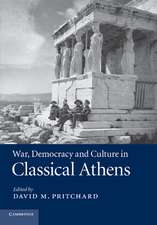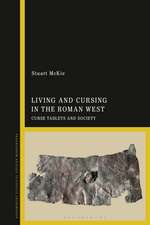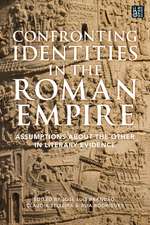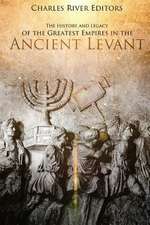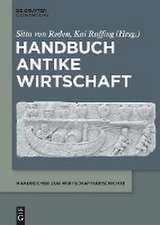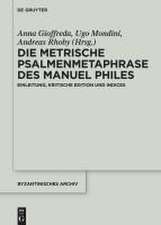The Minoans and Mycenaeans
Autor Charles River Editorsen Limba Engleză Paperback
| Toate formatele și edițiile | Preț | Express |
|---|---|---|
| Paperback (2) | 54.40 lei 6-8 săpt. | |
| – | 77.60 lei 3-5 săpt. | |
| – | 54.40 lei 6-8 săpt. |
Preț: 54.40 lei
Nou
Puncte Express: 82
Preț estimativ în valută:
10.41€ • 10.90$ • 8.63£
10.41€ • 10.90$ • 8.63£
Carte tipărită la comandă
Livrare economică 10-24 aprilie
Preluare comenzi: 021 569.72.76
Specificații
ISBN-13: 9781539767213
ISBN-10: 1539767213
Pagini: 82
Dimensiuni: 152 x 229 x 4 mm
Greutate: 0.12 kg
ISBN-10: 1539767213
Pagini: 82
Dimensiuni: 152 x 229 x 4 mm
Greutate: 0.12 kg

